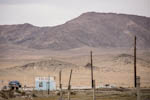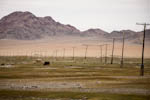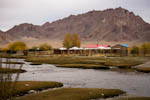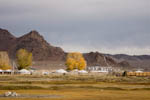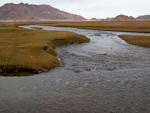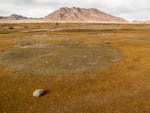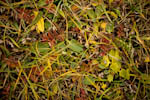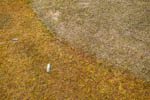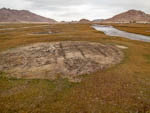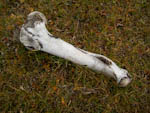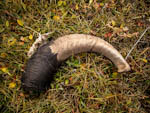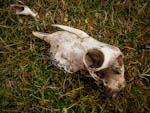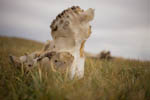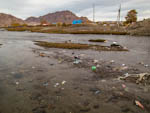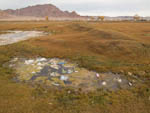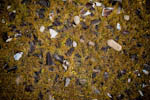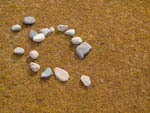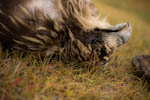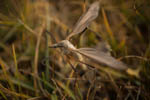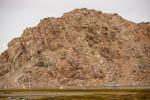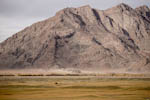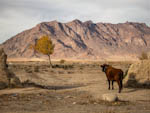Nomadic
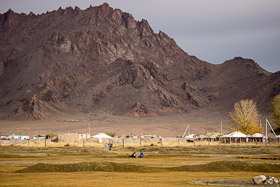
Growing up in Western Pennsylvania, I am always surprised by flat ground. I understand it intellectually—some combination of gravity and sediment disbursed in water will do the trick—but the visual evidence is still foreign to me. Here there is another twist. I feel like I am looking at the world's largest golf course. It isn't clear to me yet whether the vegetation is trimmed so neatly by the cattle grazing on it or by the fact that winter lasts so long and that evolutionary pressures have selected for the compact and tidy. In either case, I am describing wide-open space that extends between sharp ridges to the east and west, and which extends in length as far as the eye can see to the south. To the north, there is a cut between the west and east ridges which the river slips into, disappearing on its way to the Khovd River which then empties into Har Us Lake.
Between the bridge and the cut are dozens of sites where gers have been set up. Large circles dot the landscape with, depending on how long ago the gers left, either bare soil or vegetation that is a different color than the surrounding hue. Here is where the hard facts of nomadic life are expressed, for while the gers move from place to place, the discarded artifacts of their temporary stay do not. Some of what remains is the evidence of a meat-based diet—bones, skulls, horns, bits of skin and hooves which are in the process of blending back into the land. There is also that part which is not blending back into the land—the by-products of modern life that we take for granted with our public system of garbage collection and recycling. There is no trash pickup here, so, unlike the bones and skulls, the plastic oil containers, beer bottles, rubber flip-flops, and detergent bottles remain in place for the foreseeable future, startlingly out of context.
